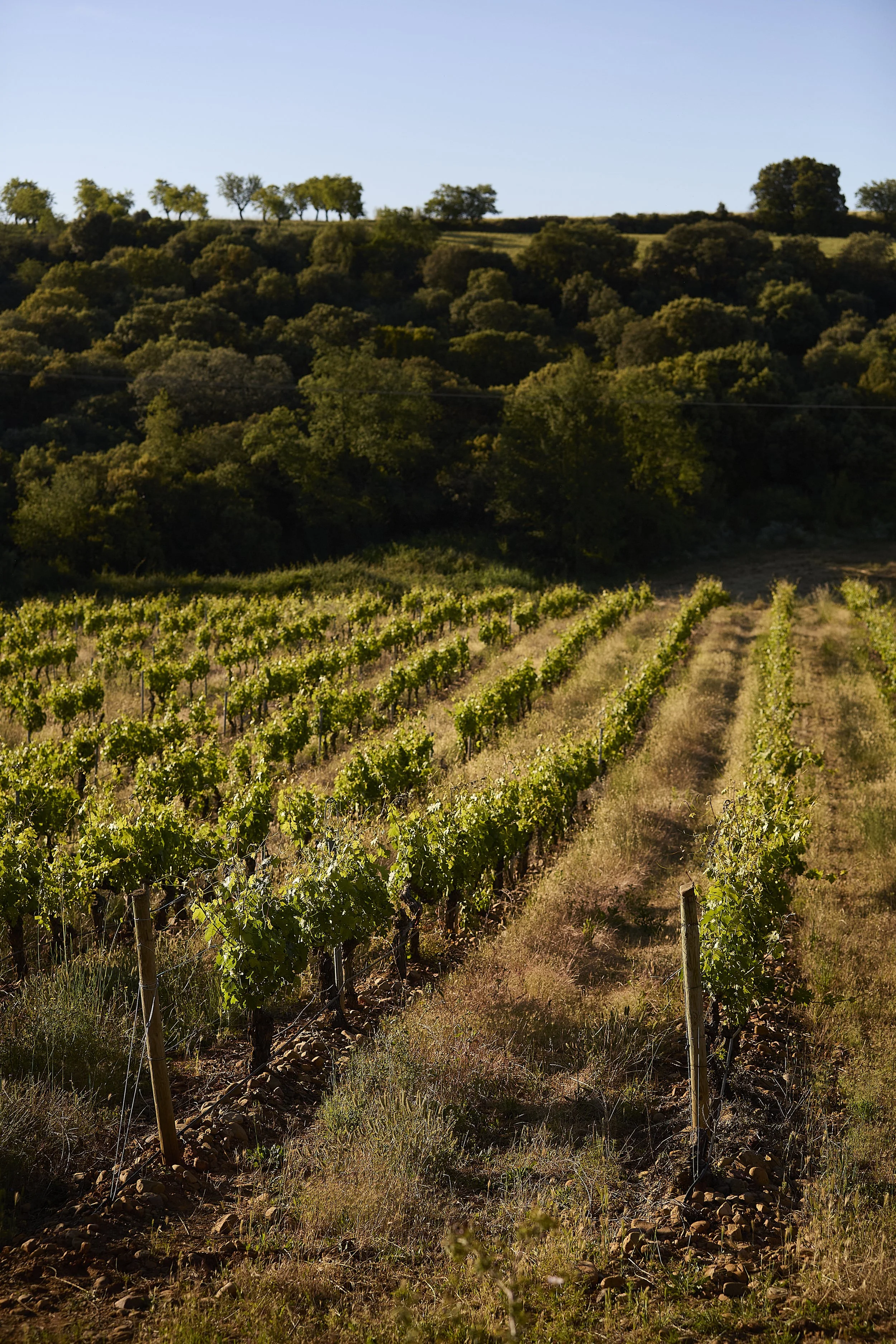our terroirSoils, elevations, and exposures
The Casa La Rad estate spans diverse soil compositions, grouped into three primary terroir profiles.
Lower Estate – Clay and Limestone
Near the winery, the lowest part of the finca features a classic clay-limestone blend with loam and clay textures. Rich in stones from bedrock degradation, this soil provides good drainage, supporting structured wines with pronounced aromatics and polyphenolic complexity.
Mid-Elevation – Alluvial Influence
Around 550 meters above sea level, sedimentary soils shaped by river runoff dominate. These alluvial sandy loams, scattered with rounded pebbles and large boulders, yield medium-bodied yet highly aromatic wines with moderate tannins and refined elegance.

Upper Estate – Mineral-Rich Hillsides
The highest vineyards, reaching 675 meters, surround the historic “Casa de La Rad”, a 17th-century structure. These southeast-facing slopes benefit from the Cierzo, a cooling northwesterly wind that enhances photosynthesis, balances ripening, and preserves acidity for fresher wines. Vines here are trained en vaso to maximize wind exposure.
Soils in this zone blend mineral-rich ferrous elements with limestone and clay, lending a reddish hue and extreme infertility. Unlike the boulder-strewn mid-slopes, the terrain consists of smaller fragmented rocks.
Wines from this high-elevation area, both white and red, showcase striking minerality, freshness, and aging potential, with a refined, structured profile.





